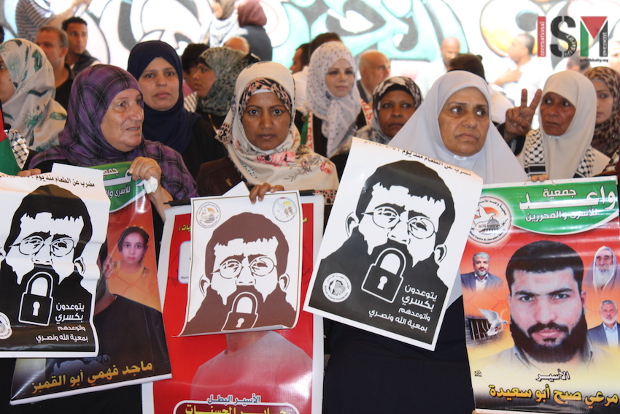Category: Photo Story
-
Khader Adnan, an example for all prisoners and Palestinians
29th June 2015 | International Solidarity Movement, Gaza Team | Gaza, Occupied Palestine Today, the weekly concentration in solidarity with the Palestinian prisoners in Israeli jails focused on the last victory of Khader Adnan. Spokesmen from different factions and committees pointed to Khader Adnan as an example for all prisoners and all Palestinians for…
-
South Hebron Hills – farming under occupation
27th April 2015 | International Solidarity Movement, Team Al Khalil | South Hebron Hills, Occupied Palestine Located in the tip of the West Bank, the South Hebron Hills are dotted with farming and shepherd communities. We are currently in the wheat harvest season and the children are spending their last few weeks at school before…
-
In photos: Demonstration in Nabi Saleh
26th April 2015 | International Solidarity Movement, Ramallah Team | Nabi Saleh, Occupied Palestine ISM is bringing the story of Friday’s weekly demonstration in Nabu Saleh, 20 kilometers northwest of Ramallah, the Occupied West Bank, in photos. Israeli forces shot one Palestinian teenager in the head with live ammunition and fired stun grenades at the press.



